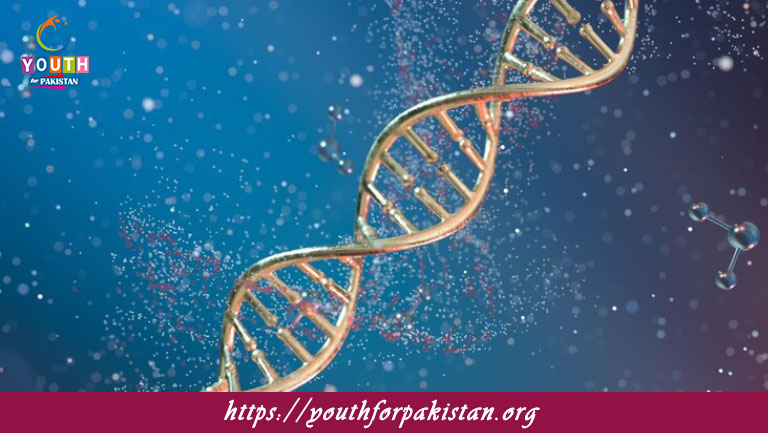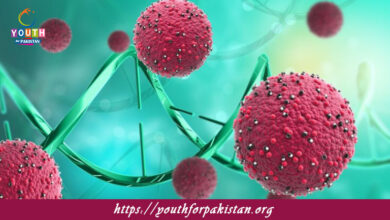Mendel‟S Law Of Inheritance MDCAT Quiz with Answers

Mendel‟S Law Of Inheritance MDCAT Quiz: Mendel’s Laws of Inheritance are the basis of classical genetics and are important for one to understand the passing of traits from parents to offspring. Gregor Mendel, by working with pea plants, laid down the basic principles of inheritance which apply to all sexually reproducing organisms. Understanding Mendel’s laws is crucial for MDCAT students as they form the basis for solving genetic problems and predicting the traits of offspring. The MDCAT Quiz on Mendel’s laws will test your knowledge of the two most important laws controlling inheritance: the Law of Segregation and the Law of Independent Assortment.
Law of Segregation
The Law of Segregation states that each individual possesses two alleles for every gene, one inherited from each parent. These alleles will segregate (separate) when the gametes (sperm and eggs) are formed. Thus, each gamete carries only one allele for each gene. By the time of fertilization, offspring inherit one allele from each parent, hence restoring the pair. This law explains how genetic traits are inherited and is crucial for understanding dominant and recessive traits. For instance, in a monohybrid cross, when one gene is studied, the segregation of alleles gives predictable ratios of genotypes in the offspring. The MDCAT Quiz will test your ability to apply the Law of Segregation to genetic crosses and predict the outcome of allele inheritance.
Law of Independent Assortment
The Law of Independent Assortment says that genes located on different chromosomes assort independently during gamete formation. This simply means the inheritance of one gene does not affect the inheritance of another gene, provided the genes are located on different chromosomes. For instance, the inheritance of the gene for seed color in pea plants does not affect the inheritance of the gene for seed shape. The law holds good only for unlinked genes—those that are widely separated on the same chromosome or located on different chromosomes. Your understanding of how the Law of Independent Assortment works and how it creates genetic diversity will be tested in the MDCAT Quiz.
Applications of Mendel’s Laws
Mendel’s laws allow for the understanding of inheritance of traits and how genetic variation occurs. These laws are fundamentally important in solving Punnett square problems, genotype and phenotype ratios, and complex patterns of inheritance. Many traits can be understood by Mendelian laws; however, other genetic phenomena do not strictly observe Mendel’s laws, for example, linked genes and non-Mendelian inheritance. In the MDCAT Quiz, these exceptions and their effects on the inheritance patterns are also tested. A free flashcard on Mendel’s laws will help in retaining these concepts and ensure you score well in your MDCAT exam.
Quiz on Mendel’s Laws of Inheritance
Taking an MDCAT Quiz on Mendel’s Laws of Inheritance will test your understanding of the Law of Segregation and the Law of Independent Assortment, and how these can be used to make predictions about genetic outcomes. The quiz shall include topics from monohybrid and dihybrid crosses, Punnett squares, genotype and phenotype ratios, and genetic diversity. Using Free Flashcards will also help in retaining key concepts and being better prepared for the MDCAT exam.

The law of independent assortment states that ________.
Genes for different traits segregate independently

The principle stating that one allele is dominant over another allele is called ________.
Law of Dominance

A cross between a homozygous dominant parent and a homozygous recessive parent will produce offspring that are ________.
Heterozygous

Mendel's second law, the law of independent assortment, involves ________.
Alleles of different genes

When two heterozygous individuals are crossed, the offspring will have a phenotypic ratio of ________.
0.12569444444444

The type of inheritance where the dominant allele completely masks the expression of the recessive allele is called ________.
Complete dominance

The gametes of a heterozygous individual will contain ________ types of alleles for a given gene.
Two

The principle of inheritance that genes for different traits are inherited independently is called ________.
Law of Independent Assortment

The presence of two different alleles in an individual for a gene is referred to as ________.
Heterozygous

When an individual has two different alleles for a particular gene, it is known as ________.
Heterozygous

When Mendel crossed a tall pea plant with a short pea plant, the F1 generation was ________.
All tall

The ratio of genotypes produced by a cross between a heterozygous individual and a homozygous recessive individual will be ________.
0.042361111111111

The allele for tall height in pea plants (T) is ________ to the allele for short height (t).
Dominant

When Mendel crossed two heterozygous individuals for seed color, the resulting offspring exhibited a ratio of ________.
3 yellow: 1 green
Experience the real exam environment with our expertly designed collection of over 25,000 MCQs MDCAT Mock Tests.





